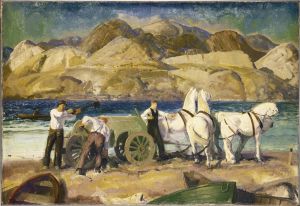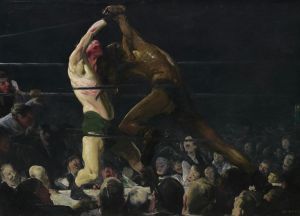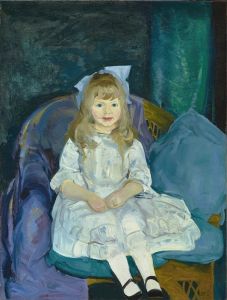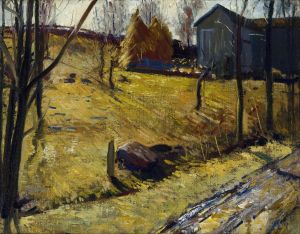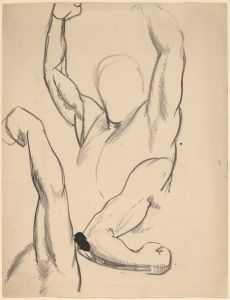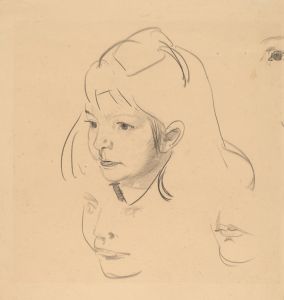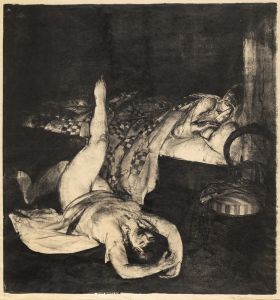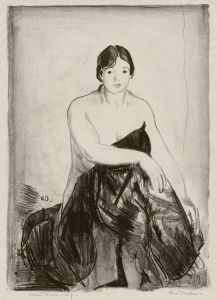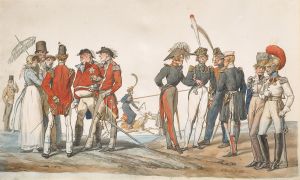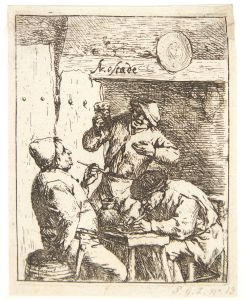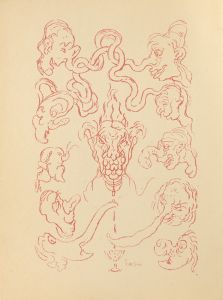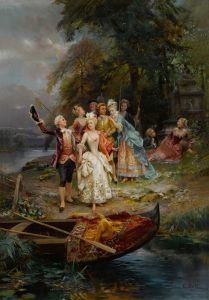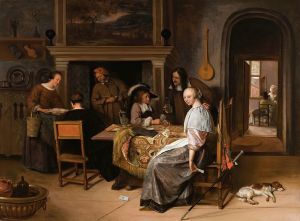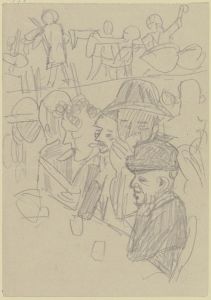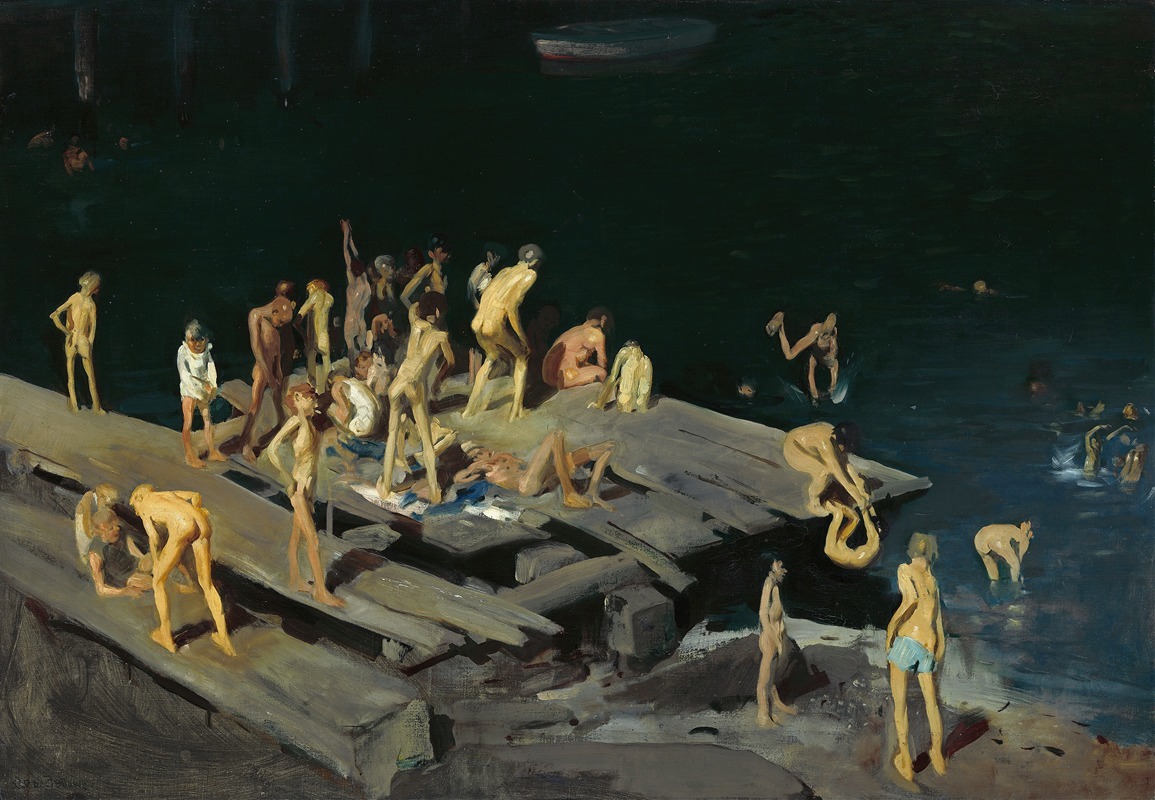
Forty-two Kids
A hand-painted replica of George Wesley Bellows’s masterpiece Forty-two Kids, meticulously crafted by professional artists to capture the true essence of the original. Each piece is created with museum-quality canvas and rare mineral pigments, carefully painted by experienced artists with delicate brushstrokes and rich, layered colors to perfectly recreate the texture of the original artwork. Unlike machine-printed reproductions, this hand-painted version brings the painting to life, infused with the artist’s emotions and skill in every stroke. Whether for personal collection or home decoration, it instantly elevates the artistic atmosphere of any space.
"Forty-two Kids" is a painting by the American artist George Wesley Bellows, completed in 1907. Bellows, a prominent member of the Ashcan School, is known for his realistic and gritty depictions of urban life in New York City during the early 20th century. This particular painting is one of his most celebrated works and exemplifies his interest in capturing the vitality and rawness of everyday scenes.
The painting depicts a group of boys swimming and playing near a dilapidated pier on the East River in New York City. The title, "Forty-two Kids," refers to the number of children Bellows intended to portray, although the exact count of figures in the painting may not precisely match this number. The scene is set against the backdrop of the industrial cityscape, with buildings and smokestacks visible in the distance, emphasizing the contrast between the natural exuberance of the children and the harsh, urban environment.
Bellows' use of loose, expressive brushstrokes and a muted color palette captures the dynamic energy and movement of the boys as they dive, swim, and interact with one another. The painting is notable for its composition, which draws the viewer's eye across the canvas, following the action of the children from one side to the other. The figures are rendered with a sense of immediacy and spontaneity, reflecting Bellows' ability to convey the fleeting moments of everyday life.
"Forty-two Kids" is also significant for its social commentary. At the time Bellows painted this work, New York City was experiencing rapid industrialization and urbanization, leading to crowded living conditions and limited recreational spaces for children. The painting highlights the resourcefulness and resilience of these young boys, who find joy and freedom in their makeshift swimming hole despite the challenging environment. This theme of resilience in the face of adversity is a recurring motif in Bellows' work and is central to the ethos of the Ashcan School.
The painting was first exhibited at the National Academy of Design in 1908, where it received critical acclaim for its bold and unflinching portrayal of urban life. Today, "Forty-two Kids" is part of the collection at the Corcoran Gallery of Art in Washington, D.C., which is now part of the National Gallery of Art. It remains an important example of early 20th-century American art and continues to be studied and admired for its artistic and historical significance.
George Wesley Bellows' "Forty-two Kids" is a testament to his skill as an artist and his commitment to depicting the realities of urban life. Through this painting, Bellows not only captures a moment in time but also provides insight into the social conditions of his era, making it a valuable piece of American art history.





